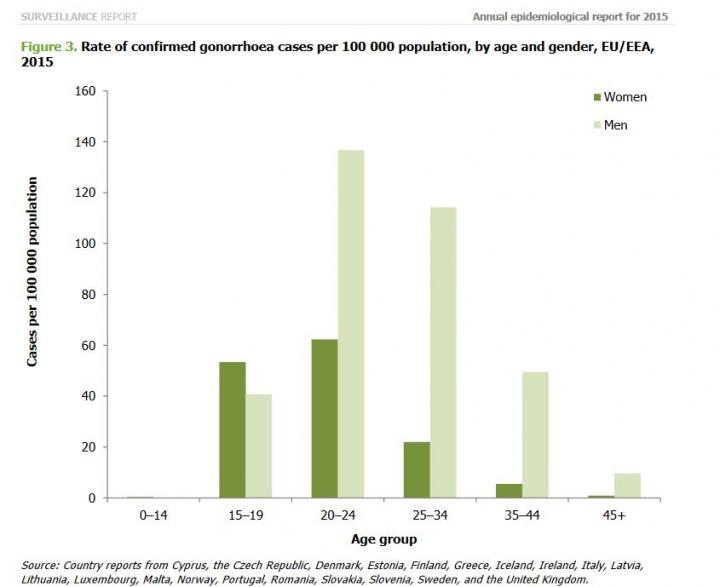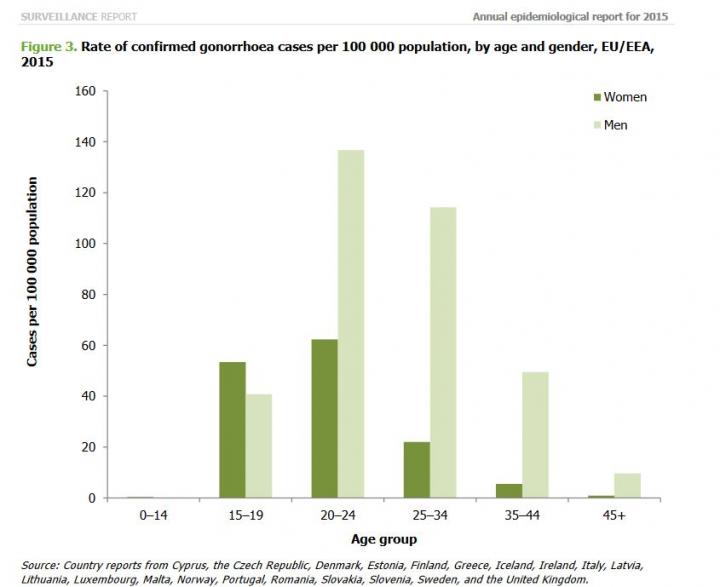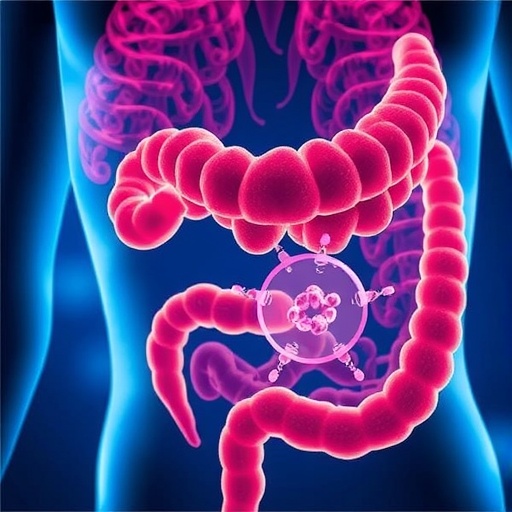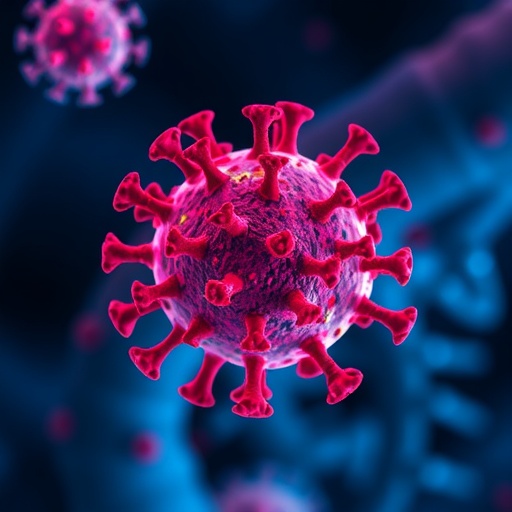
Credit: ECDC;
With more than 75 000 reported cases in 2016, gonorrhoea is the second most commonly notified sexually transmitted infection (STI) in Europe. Successful gonorrhoea treatment with antibiotics not only reduces the risk of complications such as pelvic inflammatory disease, ectopic pregnancies, infertility or increased HIV transmission in some settings, but – combined with regular testing – also serves as one of the main public health strategies for reducing further transmission.
However, over the past decades, Neisseria gonorrhoeae has been developing resistance to several antimicrobial classes.
Between February and March 2018, the United Kingdom (1) and Australia (2) notified the first three cases globally of extensively drug-resistant Neisseria gonorrhoeae with high-level resistance to azithromycin and ceftriaxone resistance that are thus not susceptible to the currently recommended first line dual therapy for gonorrhoea (ceftriaxone intramuscularly and azithromycin orally). These cases were not epidemiologically linked.
The control of gonorrhoea depends on primary prevention, including promoting safer sex practices (in particular the use of condoms), regular testing of individuals at risk as well as treatment with effective antibiotics to reduce the chance of further transmission.
Even a small change in drug resistance may have a broader impact as those infected can continue to transmit the infection without knowing. Spread of extensively drug-resistant strains like the ones identified in the UK and Australia can have an even more serious impact on the control of gonorrhoea.
How do we keep gonorrhoea treatable?
In its Rapid Risk Assessment, ECDC outlines the necessary steps to respond to the threat of multidrug- and extensively drug-resistant gonorrhoea: across disciplines, clinicians, microbiologists, epidemiologists and public health authorities at national and international level need to work closely together to preserve ceftriaxone and azithromycin as viable treatment options for this bacterial infection.
The most important actions needed are:
- primary prevention interventions, such as sexual education and promotion of barrier methods (condom use), aiming to reduce the overall prevalence of gonorrhoea;
- effective identification and management of infected patients, by ensuring that all those infected are promptly diagnosed and appropriately treated and receive a follow-up test of cure as recommended in current patient management guidelines;
- reminding those diagnosed with gonorrhoea of the importance of partner notification and of attending for their test of cure.
The reported cases of extensively drug-resistant gonorrhoea also highlight the need for developing novel antimicrobials for this disease as well as prioritisation and funding of an effective vaccine.
###
Read the full Rapid Risk Assessment
More information:
Gonococcal antimicrobial susceptibility surveillance in Europe 2015
ECDC Surveillance Atlas of infectious Diseases: five STI under EU surveillance
The ECDC Response plan to control and manage the threat of multidrug-resistant gonorrhoea in Europe (to be updated in 2018)
A comprehensive approach to HIV/STI prevention in the context of sexual health in the EU/EEA
Media Contact
ECDC Press Office
[email protected]
46-858-601-678
@ECDC_EU
http://ecdc.europa.eu
Original Source
https://ecdc.europa.eu/en/news-events/ecdc-first-detected-cases-extensively-drug-resistant-gonorrhoea-threaten-future





